Rate Law Equation for the First Order Reaction:
Consider the general reaction-
| A ———-> Products |
Let the initial concentration of ‘A’ is ‘a’ moles per litre, i.e. when t = 0 sec. Suppose after time ‘t’ second, ‘x’ moles of products are formed, then the concentration of reactant ‘A’ after ‘t’ second is (a – x) moles per litre. Applying rate law of equation, we get-
| dx/dt ∝ (a – x) or dx/dt = k1 (a – x) ……….(i) [where k1 is the first order rate constant] Equation (i) is the differential form of the rate law equation. Thus, to get its integrated equation, rearrange the variables in equation (i), and we get- or dx/(a – x) = k1dt ……….(ii) Integrating equation (ii), we get- ∫dx/(a – x) = k1 ∫dt ⇒ -ln (a – x) = k1t + I ……….(iii) Where ‘I’ is constant of integration and needs to be evaluated. When t = 0 sec ; x = 0 ∴ -ln (a – 0) = 0 + I ⇒ -ln (a) = I ……….(iv) Put equation (iv) in equation (iii), we get- -ln (a – x) = k1t – ln (a) ⇒ ln (a) – ln (a – x) = k1t ⇒ ln a/(a – x) = k1t ⇒ k1 = (1/t) ln a/(a – x) ⇒ k1 = (1/t) (2.303) log a/(a – x) ⇒ k1 = (2.303/t) log a/(a – x) ……….(v) It is an integrated rate law equation for first order reaction. It is used to determine the unit of rate constant. Hence, units of rate constant (k) = (2.303 log/sec) X (mole / litre / moles / litre) Units of rate constant (k1) = sec-1 |
Hence, first order reaction has units which are independent of the concentration of reactants.
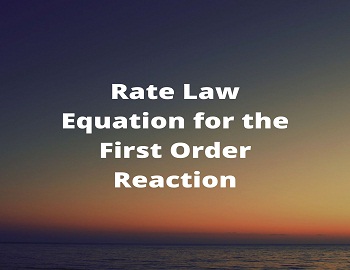


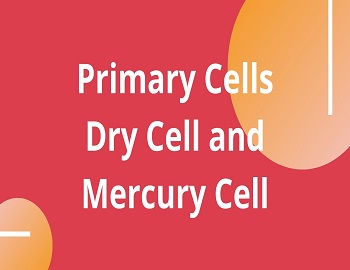


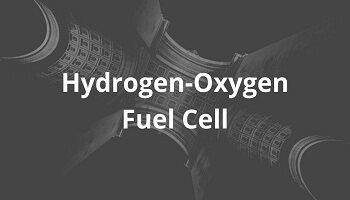
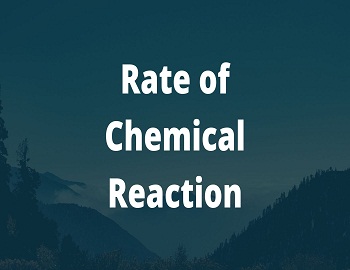
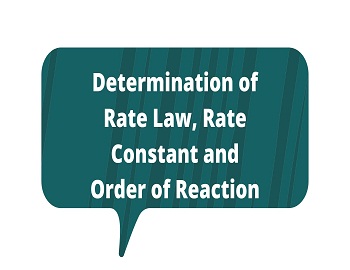
Comments (No)